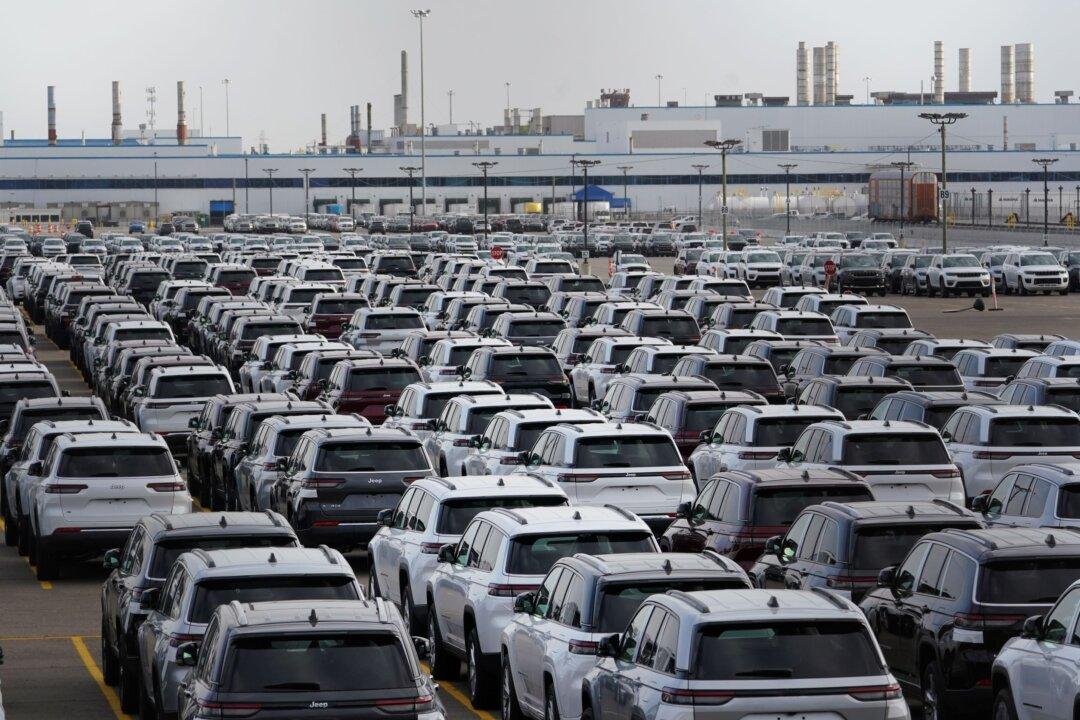The number of Americans failing to pay their auto loans has risen to the highest level in a decade as borrowing costs rise.
Credit agency TransUnion tracks more than 81 million auto loans throughout the United States.

The number of Americans failing to pay their auto loans has risen to the highest level in a decade as borrowing costs rise.
Credit agency TransUnion tracks more than 81 million auto loans throughout the United States.